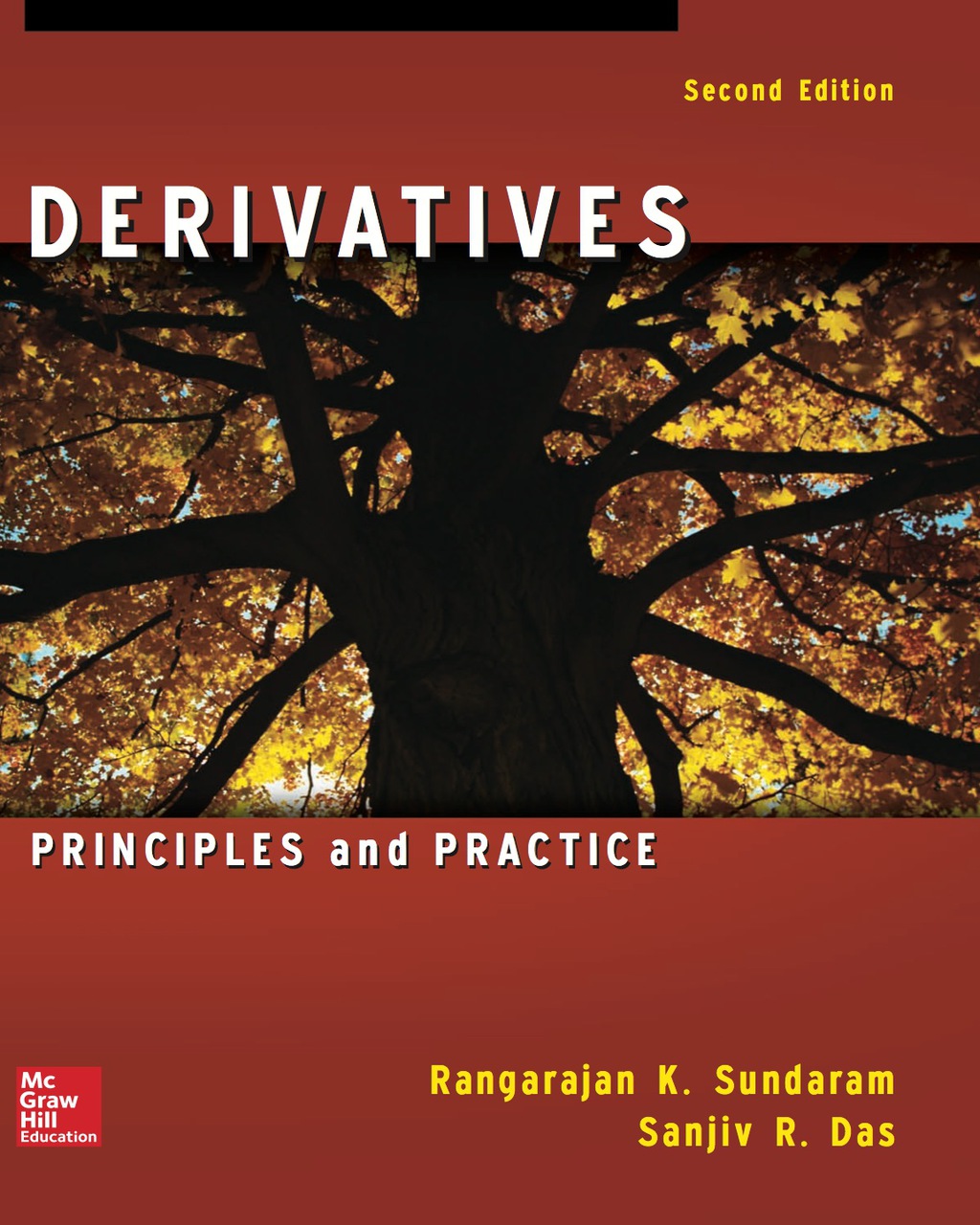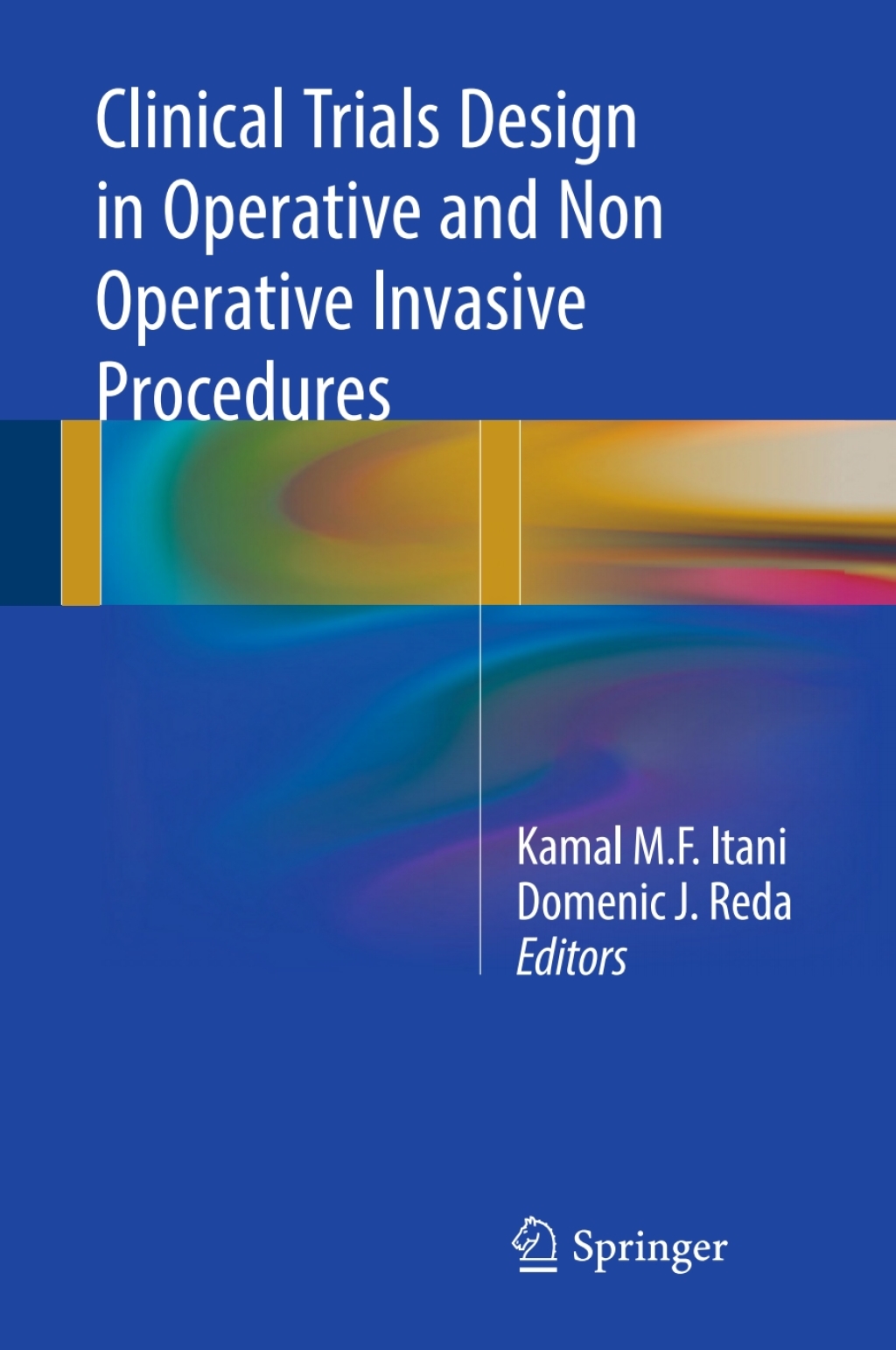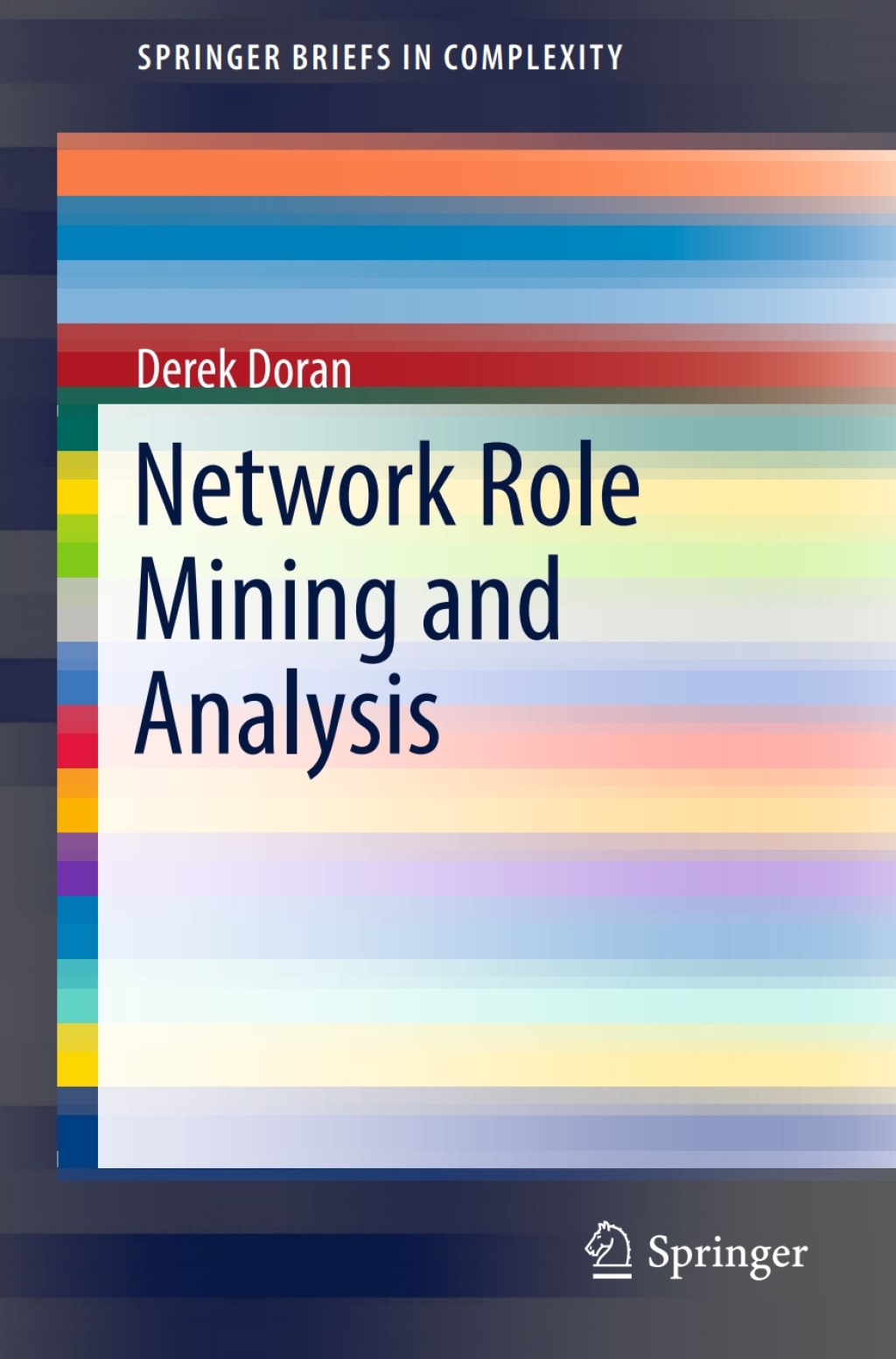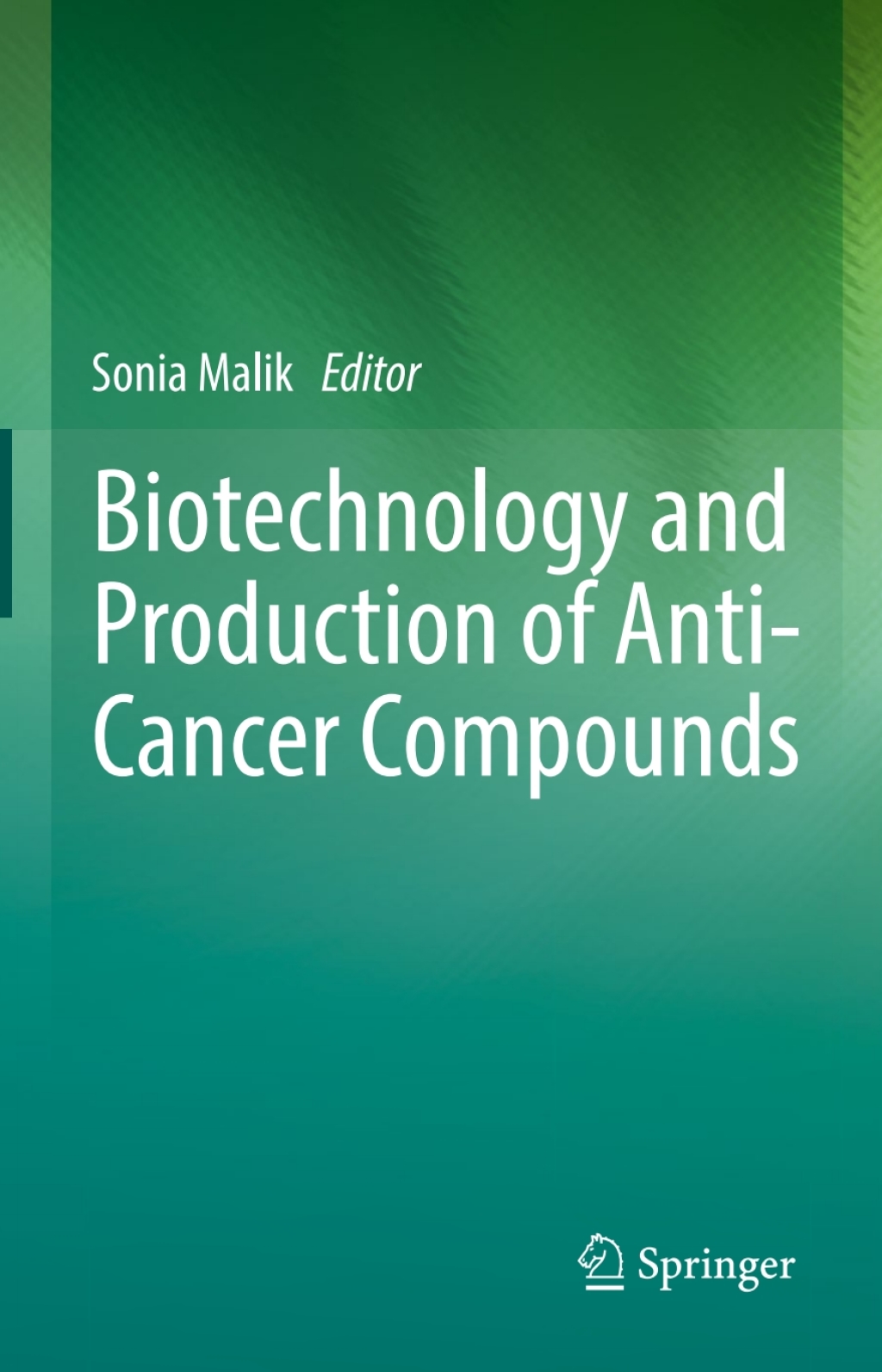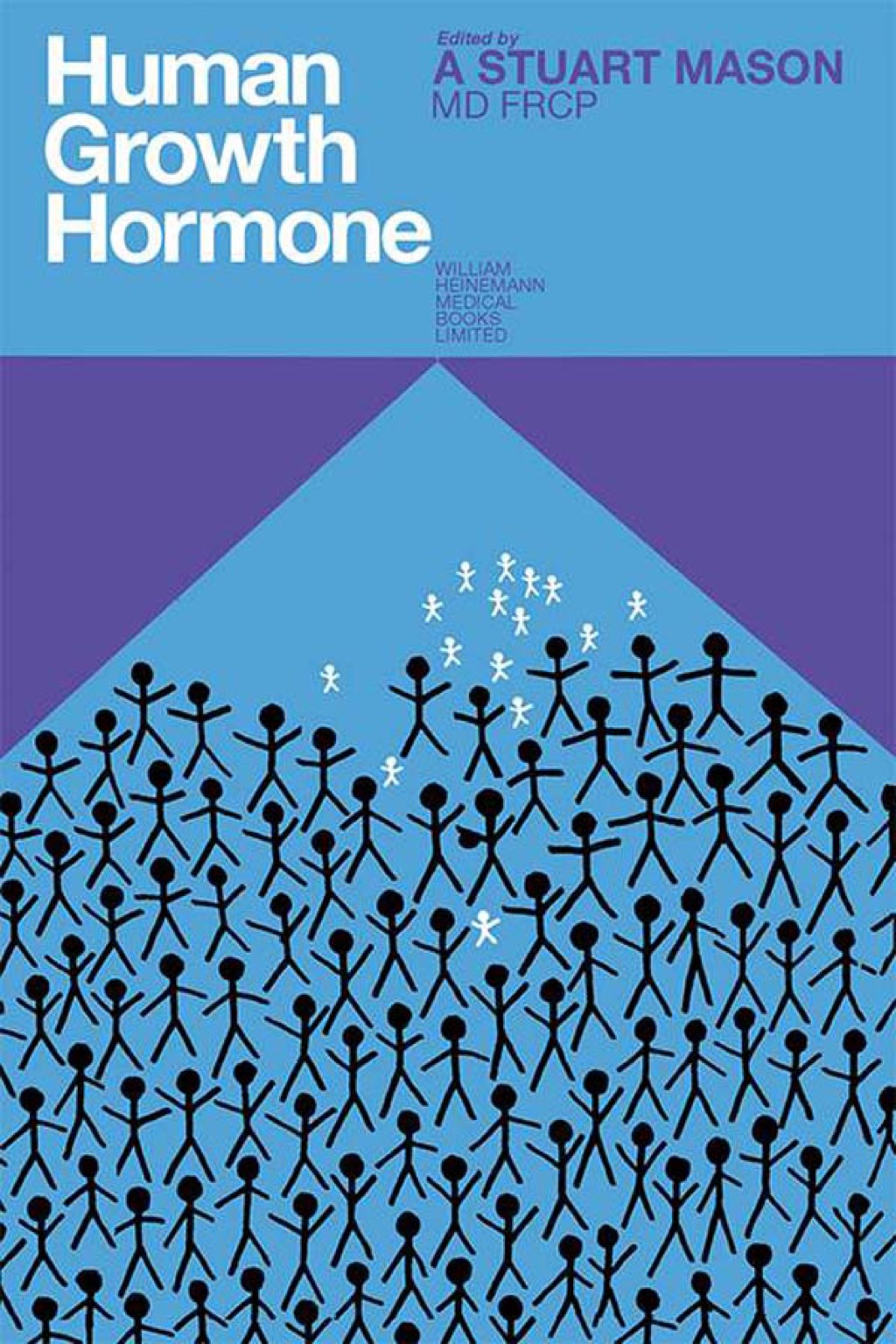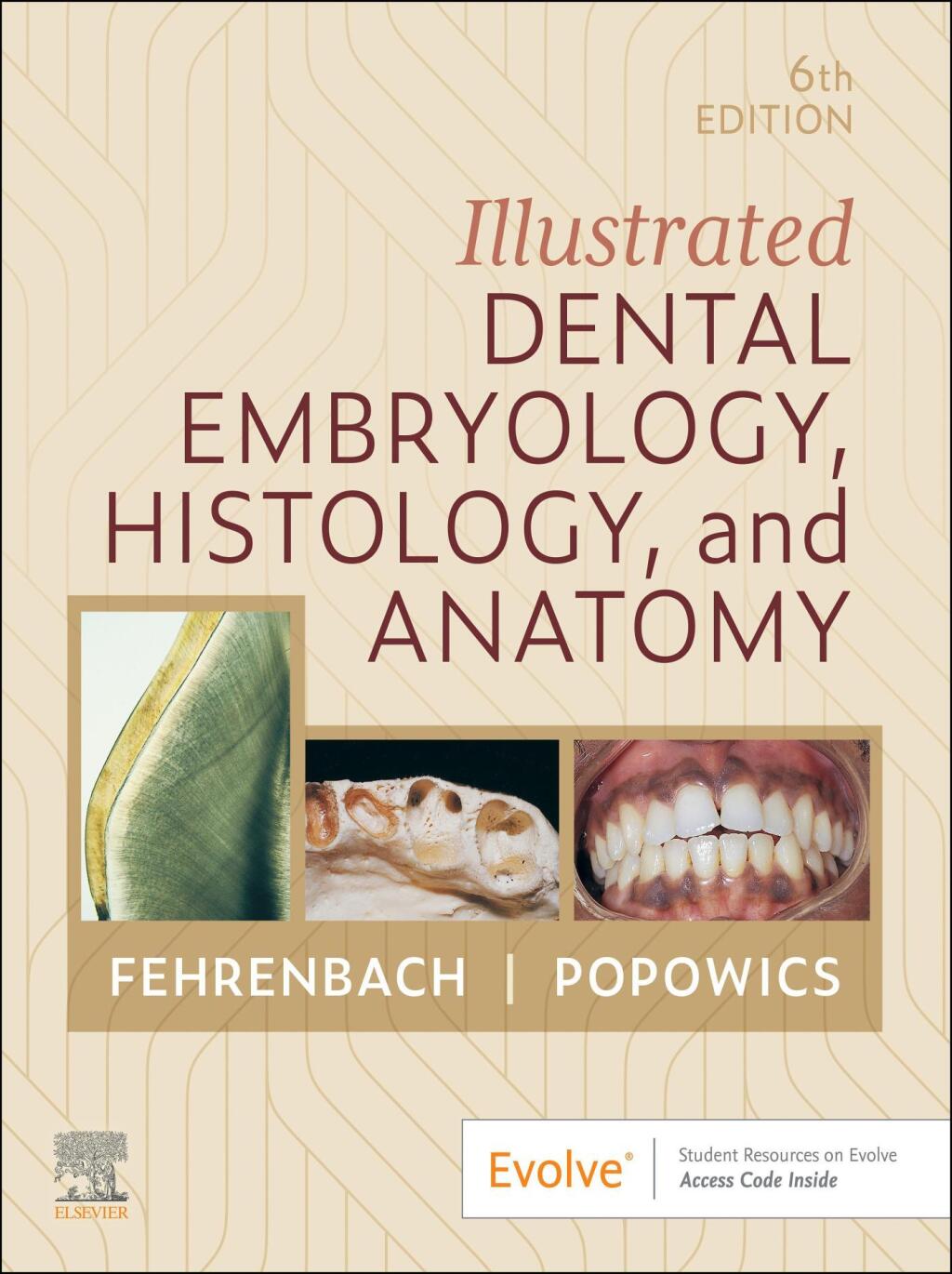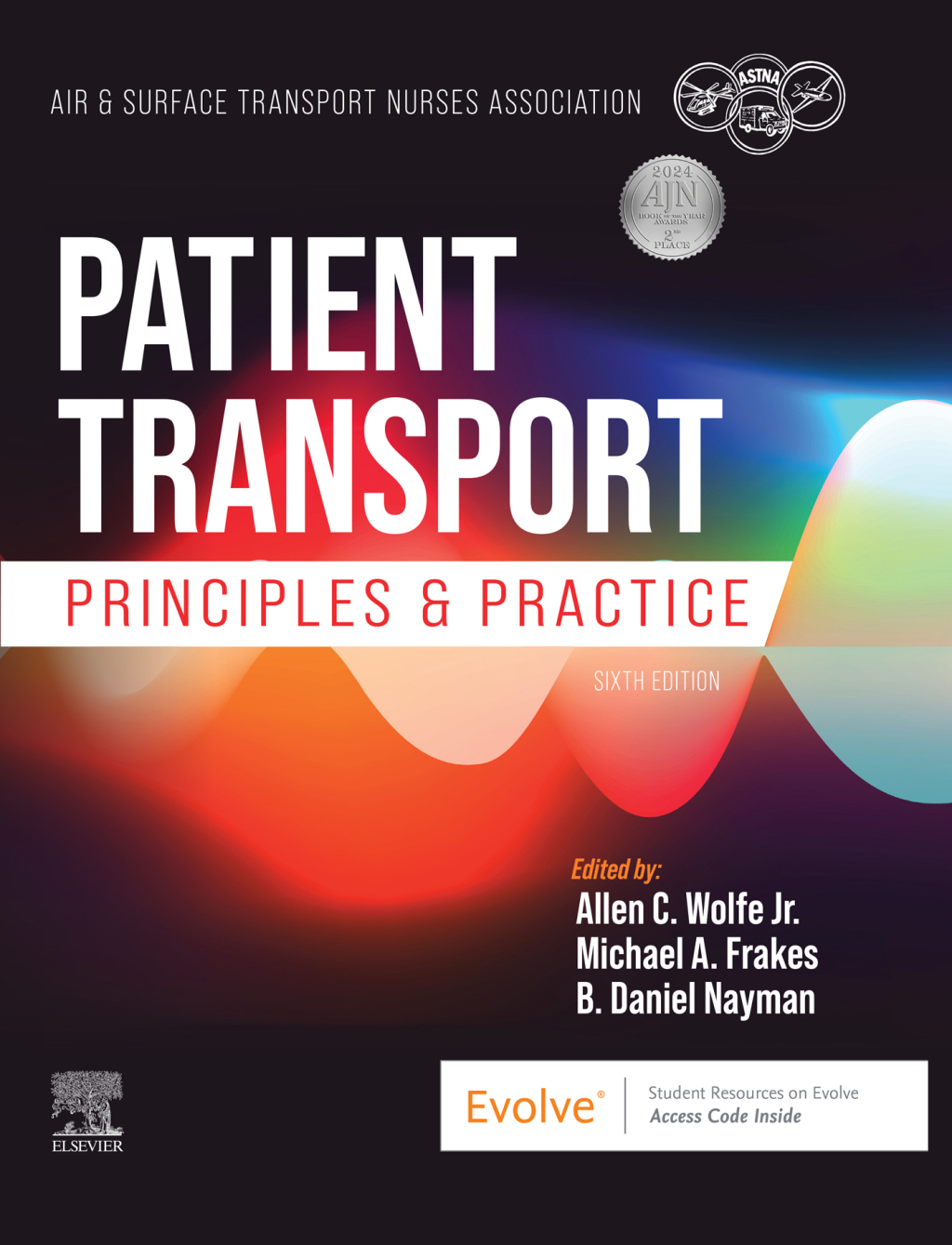Biotechnology and Production of Anti-Cancer Compounds
Author(s):
Publisher: Springer
ISBN: 9783319538792
Edition:
$39,99
Delivery: This can be downloaded Immediately after purchasing.
Version: Only PDF Version.
Compatible Devices: Can be read on any device (Kindle, NOOK, Android/IOS devices, Windows, MAC)
Quality: High Quality. No missing contents. Printable
Recommended Software: Check here
Important: No Access Code
Description
Description
This book discusses cancers and the resurgence of public interest in plant-based and herbal drugs. It also describes ways of obtaining anti-cancer drugs from plants and improving their production using biotechnological techniques. It presents methods such as cell culture, shoot and root culture, hairy root culture, purification of plant raw materials, genetic engineering, optimization of culture conditions as well as metabolic engineering with examples of successes like taxol, shikonin, ingenol mebutate and podophylotoxin. In addition, it describes the applications and limitations of large-scale production of anti-cancer compounds using biotechnological means. Lastly, it discusses future economical and eco-friendly strategies for obtaining anti-cancer compounds using biotechnology.¬â€Â
Related products
Biotechnology and Production of Anti-Cancer Compounds
Author(s):
Publisher: Springer
ISBN: 9783319538792
Edition:
$39,99
Delivery: This can be downloaded Immediately after purchasing.
Version: Only PDF Version.
Compatible Devices: Can be read on any device (Kindle, NOOK, Android/IOS devices, Windows, MAC)
Quality: High Quality. No missing contents. Printable
Recommended Software: Check here
Important: No Access Code
Description
This book discusses cancers and the resurgence of public interest in plant-based and herbal drugs. It also describes ways of obtaining anti-cancer drugs from plants and improving their production using biotechnological techniques. It presents methods such as cell culture, shoot and root culture, hairy root culture, purification of plant raw materials, genetic engineering, optimization of culture conditions as well as metabolic engineering with examples of successes like taxol, shikonin, ingenol mebutate and podophylotoxin. In addition, it describes the applications and limitations of large-scale production of anti-cancer compounds using biotechnological means. Lastly, it discusses future economical and eco-friendly strategies for obtaining anti-cancer compounds using biotechnology.ÂÂ







